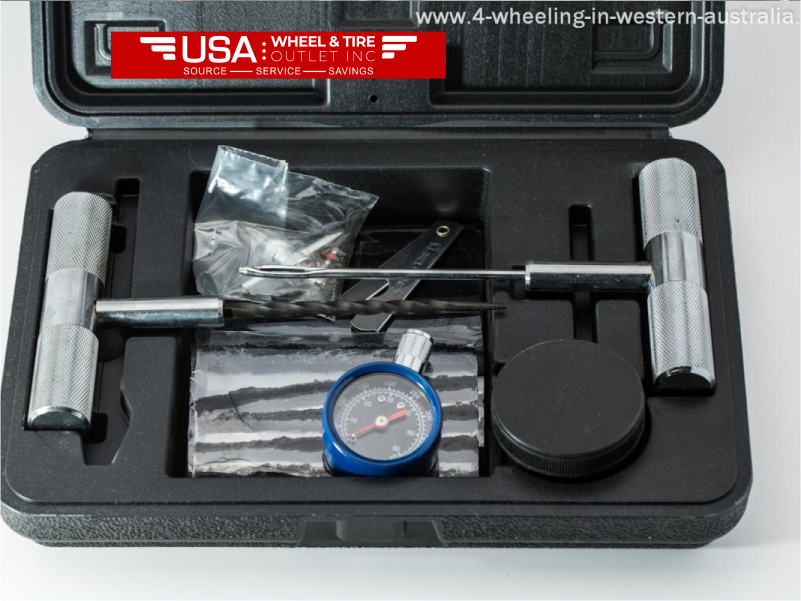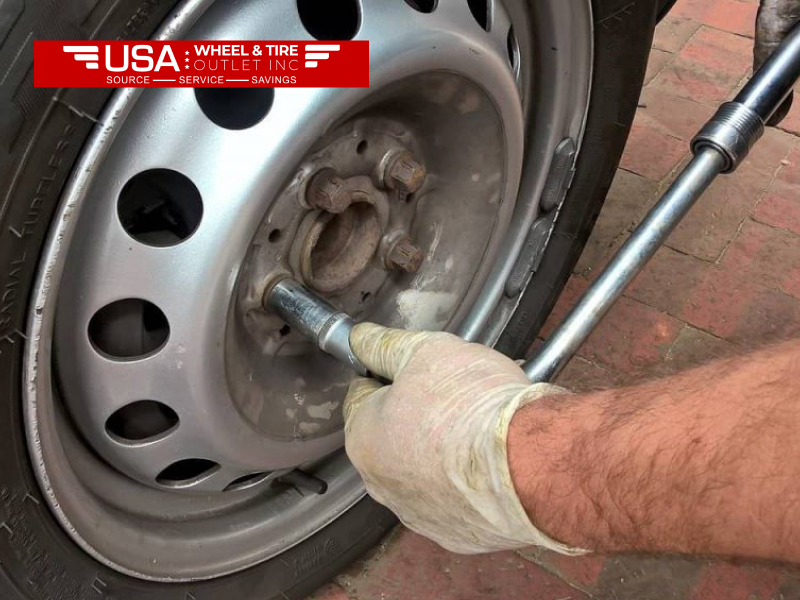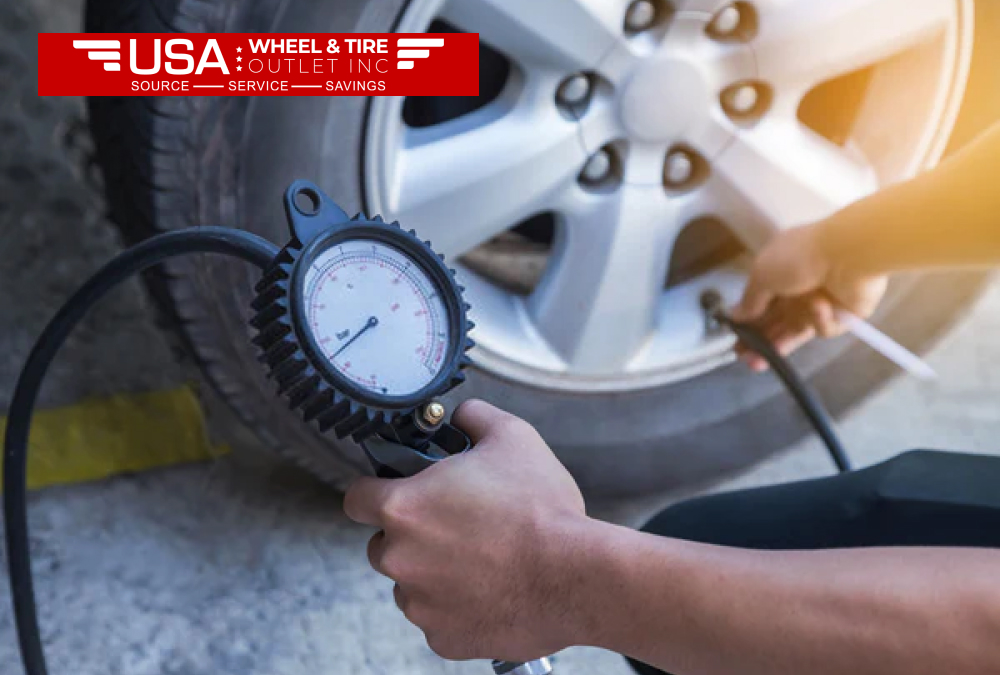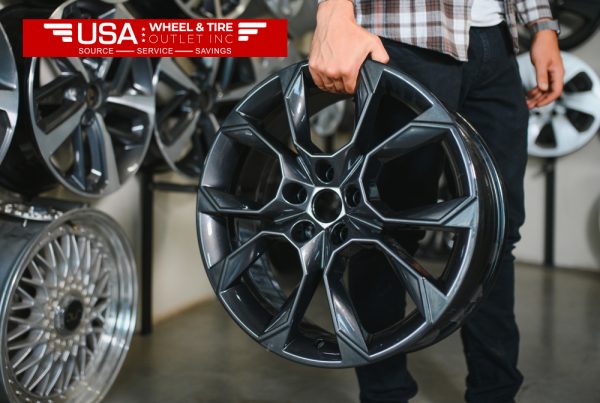It is important to maintain your wheels tires properly in order to achieve optimal performance and ensure the longevity of your vehicle. Tires are the sole part of your automobile that has direct contact with road. Neglecting tire maintenance can lead to accidents and fuel economy issues, as well as costly repairs.
Driver tools are crucial for tire maintenance. They enable vehicle owners to monitor, repair, or maintain their tires. From the simplest tools, such as a pressure gauge for tires, to more sophisticated devices like wheel balancers and other advanced equipment, having the right tools is essential to staying road-ready. In this article, we’ll cover the basics and advanced tools of tire maintenance and offer step-by-step instructions. For expert advice and products, USA Wheels & Tires Outlet INC is a trusted source.
1. Essential Tools for Tire Maintenance
Types: Digital vs. Analog
How do I use it?
Tire Inflators/Air Compressors
Safety Tips:
Tire Repair Kits
Components:
Temporary vs Permanent Repairs:
When to Use Repair kits:
Importance Proper Torque:
Manual vs powered Wrenches
Usage Guideline:
Jack and Jack Stands
Types (Hydraulic, Scissor):
Use Safe Usage Practices:
Selecting the Right Capacity:
2. Advanced Tools for Tire Maintenance

Bead Breaker Tool
Functionality and purpose:
Application for DIY Tire Replacements:
Tire Changer Machines
Overview For Professionals:
Automatic vs Automated Machines
Wheel Balancer Tools
Why Balancing is important:
Types and types of wheel balancers:
Tread Depth Gauge
Measure tire wear:
Legal tread depth requirements:
Valve Core Tools
Repair and replace valve cores:
Maintaining Proper Inflation:
3. Step-by-Step Tire Maintenance Guide

Checking Tire Pressure
How Often Should You Check: ?
Adjusting the Pressure:
Inspecting Tire Treads
Depth and Visual Checks:
Uneven Wear:
Rotating Tires
Rotation of the Rotor:
Patterns & Frequency:
Repairing a Flat Tire
How to use a repair kit:
When to seek professional assistance:
Balancing Tires
Balancing at Home vs Professional Balancing:
Signs and symptoms of imbalance:
Replacing Tires
Assessing when to replace:
Tools Required for Installation:
4. Tips for Tire Maintenance and Safety
Seasonal tire maintenance
Prepare for Winter or Summer:
Storage of spare Tires:
Emergency Tire Repair Tips
Temporary Fixes to Roadside Emergencies
Keep these Tools in your Vehicle:
Preventive Measures
Avoid Overloading:
Regular Inspecting:
5. Tool Maintenance and Storage Tips
Cleaning Tools and Lubricating Tools
Storage Solutions
The right storage is important:
Regular Inspections
Replacing Faulty Tool
6. Recommended Brands & Products
Best Tire Pressure Gauges
Best-Rated Air Compressors
Reliable Repair Kits
Premium Jacks & Wrenches
Read Also: Reviving 1920s Tires for Golden Era Cars
FAQs
Which tools are most important for tire maintenance and care?
The essential tools are a tire gauge, an air-compressor, a tire repair set, a jack and lug wrench. These tools are essential for tire inflation, removal and repairs. They ensure that your tires stay in good condition.
How often do I need to check my tire pressure?
Tire pressure should always be checked before a long trip and at least one time per month. Proper tire pressure is important for safety, fuel economy, and tire durability.
Can a flat tire be fixed by me?
With the right repair kit, yes you can. The majority of kits include tools for plugging punctures. Others offer comprehensive sets that cover more extensive repairs.
What’s the life expectancy of a tire-repair kit?
If stored properly and only used occasionally, a tire repair kit will last for many years. Rubber plugs and other components may need to be replaced over time if they degrade.
Digital tire pressure gauges are better than analog ones?
Digital tire pressure gauges are usually more accurate than analog ones and easier to read. These digital gauges also offer features such as automatic shutdown and backlighting that make them easier to use for precise measurements.
You can also read our conclusion?
The right tools are essential for maintaining tire health. This guide will provide you with the information and insight that you need to care for your tires. Quality tools are essential for maintaining your tires at their best. They will also ensure safety and long-term durability. The effectiveness of your tire-care routine is further enhanced by regular tool storage and maintenance.





